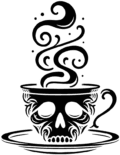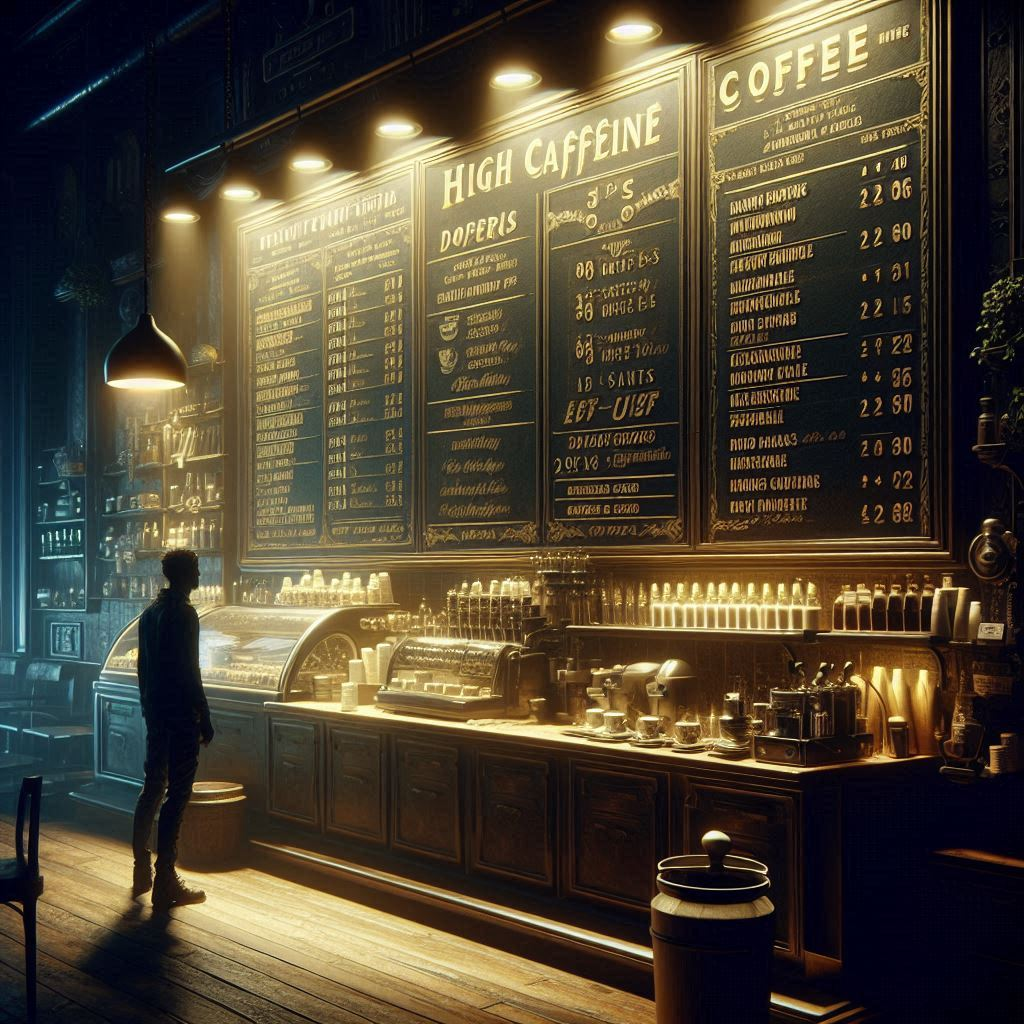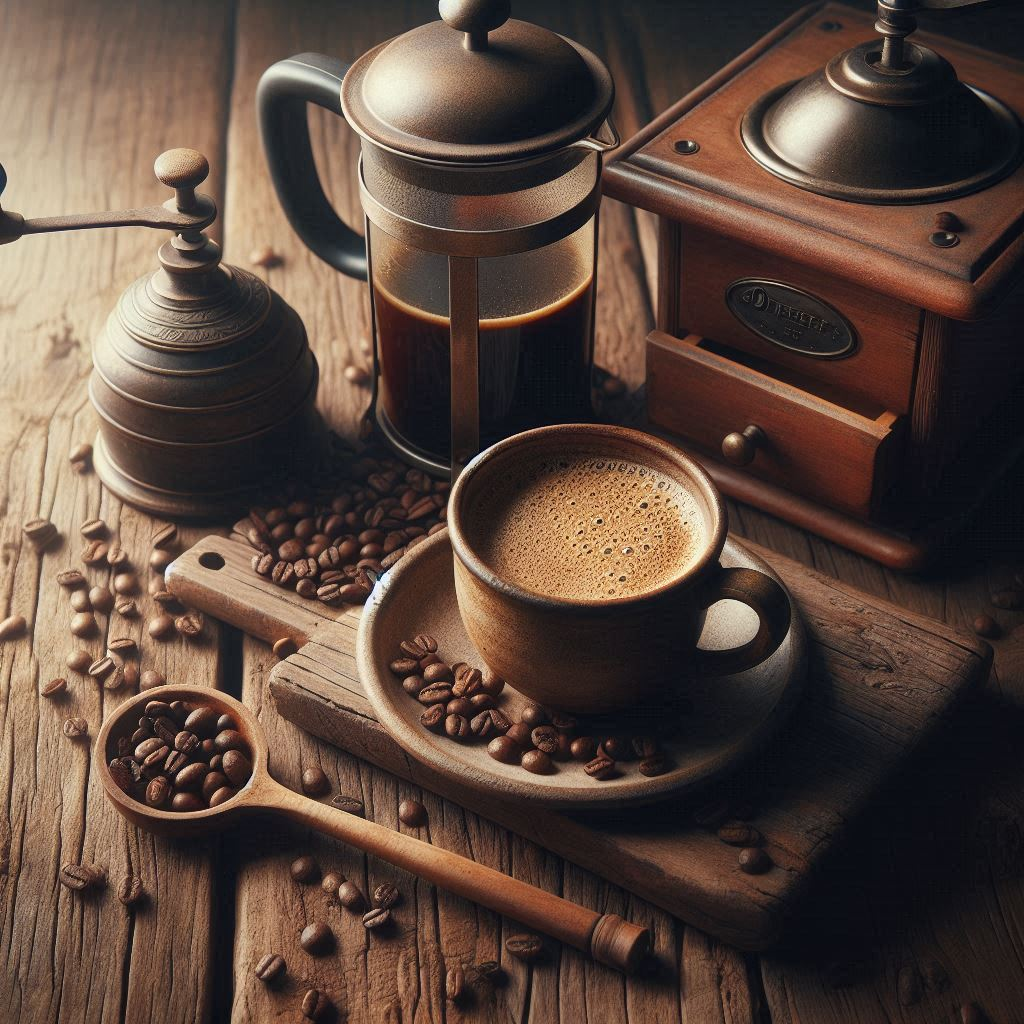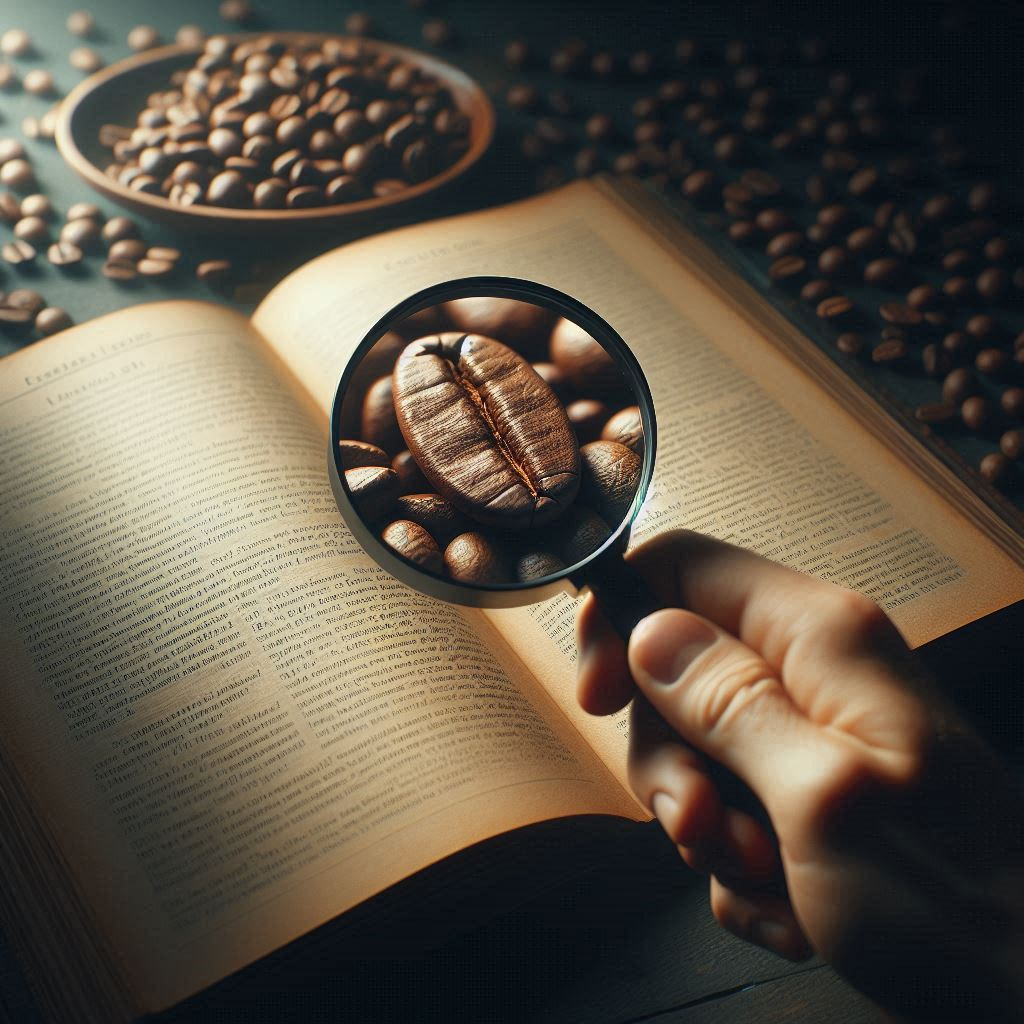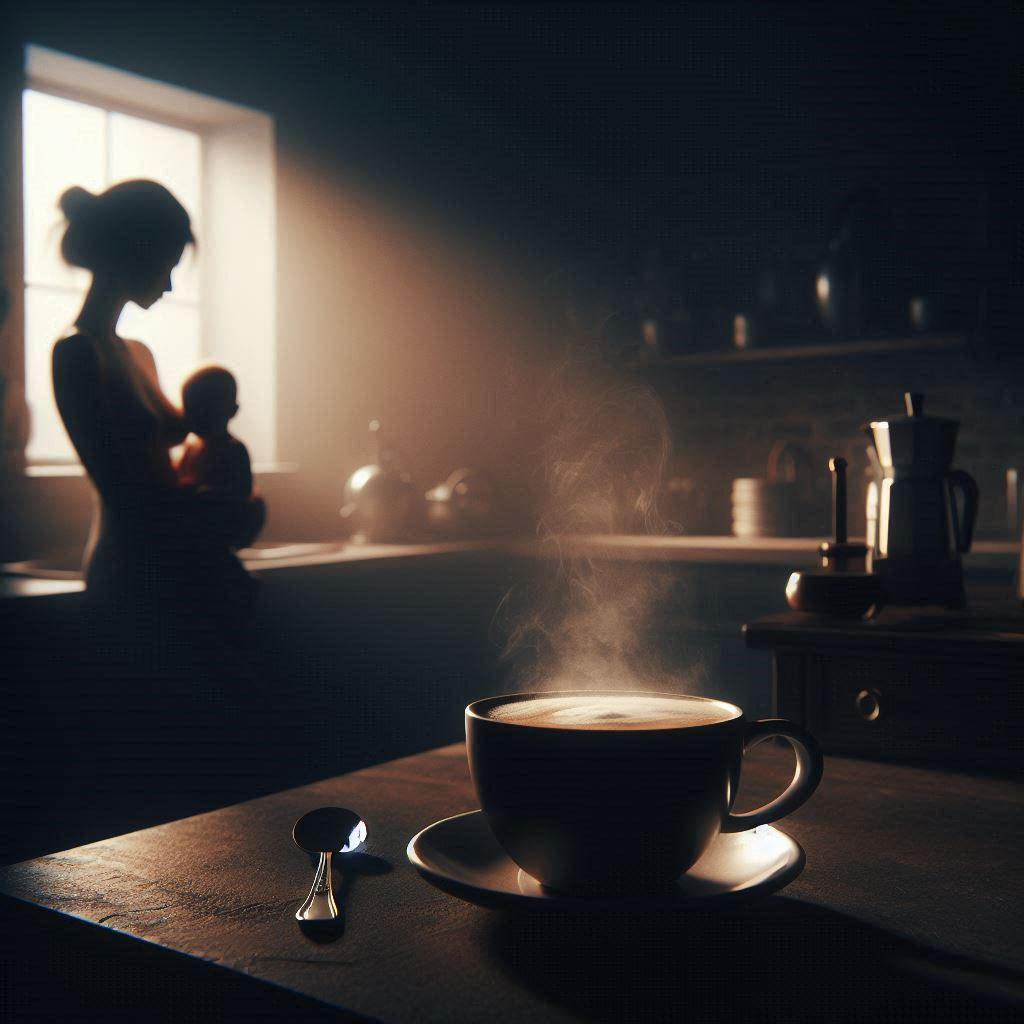Did you know that the average cup of coffee contains about 95 milligrams of caffeine? But for those seeking an extra jolt, the question of which coffee has the most caffeine is a common one. As coffee lovers, we’re often on the hunt for that perfect brew that not only tantalizes our taste buds but also provides the energy boost we crave. Whether you’re a student pulling an all-nighter, a busy professional tackling a demanding workday, or simply someone who enjoys the buzz of a strong cup, understanding which coffee packs the biggest caffeine punch can be invaluable.
In this article, we’ll dive deep into the world of high-caffeine coffee, exploring the factors that influence caffeine content and identifying which brews reign supreme in the caffeine department. We’ll examine various coffee types, roasts, and brewing methods to uncover the secrets behind maximizing your caffeine intake. By the end of this journey, you’ll have a comprehensive understanding of how to choose and prepare coffee that has the most caffeine, empowering you to make informed decisions about your daily brew. Get ready to discover the powerhouses of the coffee world and learn how to harness their energy-boosting potential.
Roots of the Roast
The quest to determine which coffee has the most caffeine is deeply rooted in the history and science of this beloved beverage. Caffeine, a natural stimulant found in coffee beans, has been prized for centuries for its ability to enhance alertness and combat fatigue. The relationship between humans and caffeine dates back to ancient civilizations, with evidence of coffee consumption tracing back to 15th century Yemen.
Caffeine content in coffee beans is influenced by various factors, including the plant species, growing conditions, and processing methods. The two main commercially cultivated coffee species are Coffea arabica (Arabica) and Coffea canephora (Robusta). Historically, Robusta has been known to contain nearly twice the caffeine of Arabica, making it a key player in the high-caffeine coffee market.
Understanding which coffee has the most caffeine is not just a matter of curiosity; it’s essential knowledge for coffee enthusiasts and health-conscious consumers alike. Caffeine intake can significantly impact daily routines, productivity, and even health. For some, higher caffeine content means increased focus and energy, while others may need to moderate their intake due to sensitivity or medical reasons.
The relevance of this topic has grown in recent years with the rise of specialty coffee culture and an increased focus on the functional benefits of food and beverages. Coffee shops and roasters now often highlight caffeine content alongside flavor profiles, recognizing consumers’ interest in both taste and effects. This shift has led to innovations in breeding and processing techniques aimed at enhancing caffeine levels in coffee beans.
As we delve deeper into which coffee has the most caffeine, we’ll explore how these historical and scientific factors play out in the cups we brew today, empowering coffee lovers to make informed choices about their daily energy source.
The Full Brewdown
Caffeine Content by Coffee Species
When exploring which coffee has the most caffeine, it’s crucial to start with the coffee species. Robusta coffee consistently outperforms Arabica in terms of caffeine content:
- Robusta: Contains approximately 2.2-2.7% caffeine by weight
- Arabica: Contains about 1.2-1.5% caffeine by weight
This significant difference means that Robusta coffee typically has almost twice the caffeine of Arabica. For those seeking the highest caffeine content, Robusta or Robusta-heavy blends are often the go-to choice.
Roast Level and Caffeine Content
Contrary to popular belief, the roast level doesn’t significantly alter the amount of caffeine in coffee beans. However, it can affect the perception of strength:
- Light Roasts: Often perceived as more caffeinated due to their brighter, more acidic flavor profile
- Dark Roasts: May taste “stronger” but don’t necessarily have more caffeine
By weight, darker roasts might have slightly more caffeine because the roasting process reduces the beans’ mass, concentrating the caffeine. However, when measured by volume, the difference is negligible.
Brewing Methods and Caffeine Extraction
The brewing method plays a crucial role in determining which coffee has the most caffeine in the cup. Here’s a breakdown of popular methods and their caffeine yield:
- Espresso: Despite its small volume, espresso packs a significant caffeine punch.
- Average caffeine content: 63 mg per 1 oz shot
- High concentration due to pressure brewing and fine grind
- Drip Coffee: A common method that yields a moderate amount of caffeine.
- Average caffeine content: 95 mg per 8 oz cup
- Caffeine extraction varies based on grind size and brewing time
- Cold Brew: Known for its smooth taste and high caffeine content.
- Average caffeine content: 200 mg per 16 oz serving
- Extended steeping time (12-24 hours) allows for maximum caffeine extraction
- French Press: Offers a full-bodied cup with substantial caffeine.
- Average caffeine content: 107 mg per 8 oz cup
- Longer steeping time and coarser grind contribute to higher caffeine levels
Specific High-Caffeine Coffee Varieties
Some coffee varieties are specifically cultivated or processed to maximize caffeine content:
- Death Wish Coffee: Claims to be the world’s strongest coffee, with about 472 mg of caffeine per 8 oz cup
- Biohazard Coffee: Advertises 928 mg of caffeine per 12 oz serving
- Black Label Coffee: Offers approximately 1,555 mg of caffeine per 12 oz cup
These ultra-high caffeine coffees often use a blend of Robusta beans and specialized roasting processes to achieve their potent caffeine levels.
Factors Influencing Caffeine Content
Several factors contribute to determining which coffee has the most caffeine:
- Bean Origin: Coffee grown at higher altitudes often develops more slowly, allowing for increased caffeine production.
- Processing Method: Natural (dry) processing can lead to slightly higher caffeine content compared to washed (wet) processing.
- Grind Size: Finer grinds expose more surface area, potentially leading to higher caffeine extraction.
- Water Temperature: Hotter water (up to 205°F) tends to extract more caffeine during brewing.
- Brewing Time: Longer contact between water and grounds generally results in higher caffeine extraction.
Commercial Coffee Chains and Caffeine Content
Popular coffee chains often offer beverages with varying caffeine levels:
- Starbucks Pike Place Roast: 310 mg per 16 oz (Grande)
- Dunkin’ Donuts Coffee: 210 mg per 14 oz
- McDonald’s Coffee: 145 mg per 16 oz
It’s worth noting that these chains often use Arabica beans, which typically have less caffeine than Robusta. However, their brewing methods and serving sizes can result in significant caffeine content per cup.
Decaf Coffee and Residual Caffeine
Even decaffeinated coffee contains trace amounts of caffeine:
- Average decaf coffee: 2-12 mg per 8 oz cup
- Decaf espresso: 3-15 mg per shot
While these amounts are minimal compared to regular coffee, they’re worth considering for those extremely sensitive to caffeine or under strict dietary restrictions.
The Impact of Milk and Additives
Adding milk or other ingredients to coffee doesn’t directly affect its caffeine content. However, it can influence how quickly the body absorbs the caffeine:
- Black coffee: Tends to hit the bloodstream faster
- Coffee with milk: May slow caffeine absorption due to the protein and fat content
For those seeking the quickest caffeine boost, black coffee or espresso might be the most effective choice.
In the quest to determine which coffee has the most caffeine, it’s clear that multiple factors come into play. From the choice of bean to the brewing method, each decision can influence the final caffeine content. While Robusta beans and specialized high-caffeine blends offer the highest concentrations, personal preferences in taste and brewing methods also play crucial roles in the coffee experience. By understanding these factors, coffee enthusiasts can make informed choices to tailor their caffeine intake to their specific needs and preferences.
Practical Tips and Recommendations
To maximize your caffeine intake and determine which coffee has the most caffeine for your personal brewing routine, consider these actionable tips:
- Choose Robusta beans or blends: Opt for coffees that prominently feature Robusta beans. For instance, try Demon’s Delight Coffee, which offers a bold flavor profile and high caffeine content.
- Experiment with brewing methods:
- For a quick, high-caffeine fix, use an espresso machine or moka pot.
- If you prefer larger volumes, cold brew coffee overnight for a potent batch.
- Adjust your grind and brewing time:
- Use a finer grind for drip coffee to increase surface area and caffeine extraction.
- Extend steeping time for methods like French press or cold brew.
- Monitor water temperature: Aim for water between 195°F and 205°F for optimal caffeine extraction in hot brewing methods.
- Consider serving size: A 16 oz cold brew will typically contain more caffeine than an 8 oz drip coffee, even if the latter has a higher concentration.
- Try caffeine-focused products: Explore coffees specifically designed for high caffeine content, but always check the recommended serving size.
- Measure your coffee grounds: Use a kitchen scale to ensure consistency. Start with a 1:15 coffee-to-water ratio and adjust to your taste.
- Track your caffeine intake: Keep a log of different coffees and brewing methods to identify which combination provides the most caffeine for you.
- Be mindful of additives: If you’re adding milk or sweeteners, consider how they might affect your perception of caffeine impact.
- Stay hydrated: Drink water alongside your high-caffeine coffee to mitigate potential side effects like jitters or dehydration.
By implementing these tips, you can fine-tune your coffee routine to consistently brew coffee that has the most caffeine while still enjoying the flavor. Remember to pay attention to your body’s response and adjust your intake accordingly for a balanced and enjoyable coffee experience.
Common Misconceptions
When it comes to determining which coffee has the most caffeine, several myths persist. Let’s debunk some common misconceptions:
- Dark roasts have more caffeine than light roasts.
- Reality: Roast level has minimal impact on caffeine content. Light and dark roasts contain similar amounts of caffeine by weight.
- Espresso is the most caffeinated coffee drink.
- Reality: While espresso has a high concentration of caffeine per ounce, a standard shot contains less total caffeine than a cup of drip coffee.
- All coffee beans contain the same amount of caffeine.
- Reality: Robusta beans typically have nearly twice the caffeine content of Arabica beans.
- Instant coffee has less caffeine than brewed coffee.
- Reality: Instant coffee can have comparable or even higher caffeine levels than some brewed coffees, depending on the brand and preparation method.
- Decaf coffee is completely caffeine-free.
- Reality: Decaf still contains small amounts of caffeine, usually about 2-12 mg per cup.
Understanding these facts helps coffee enthusiasts make informed choices when seeking coffee that has the most caffeine, ensuring they can tailor their brew to their desired caffeine intake and flavor preferences.
Final Thoughts
Throughout this exploration of which coffee has the most caffeine, we’ve uncovered several key factors that influence caffeine content. Robusta beans consistently offer higher caffeine levels than Arabica, while brewing methods like cold brew and espresso can significantly impact the final caffeine concentration. We’ve also learned that roast level plays a minimal role in caffeine content, contrary to popular belief.
Understanding these elements empowers coffee enthusiasts to make informed choices about their brew. Whether you’re seeking a powerful energy boost or aiming to moderate your caffeine intake, the knowledge gained here can guide your coffee selection and preparation methods.
As you apply this information to your coffee routine, consider experimenting with different bean types, brewing techniques, and even specialized high-caffeine blends. Pay attention to how your body responds to various caffeine levels and find the balance that works best for you.
We encourage you to share your experiences with high-caffeine coffee in the comments below. What methods have you found most effective for maximizing caffeine content? Have you discovered any favorite high-caffeine brews? Your insights could help fellow coffee lovers in their quest for the perfect energizing cup.
